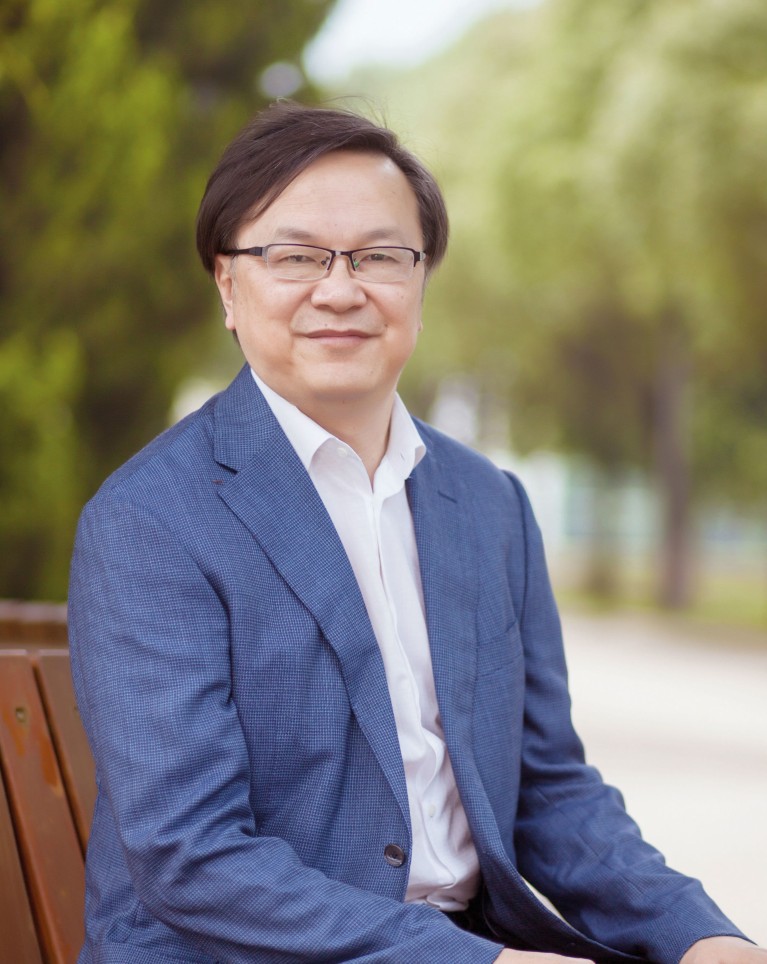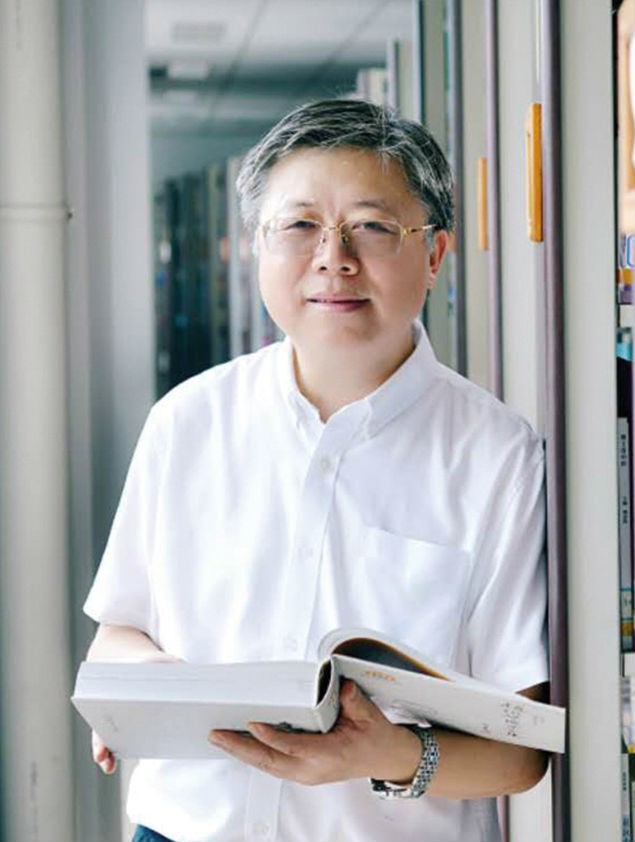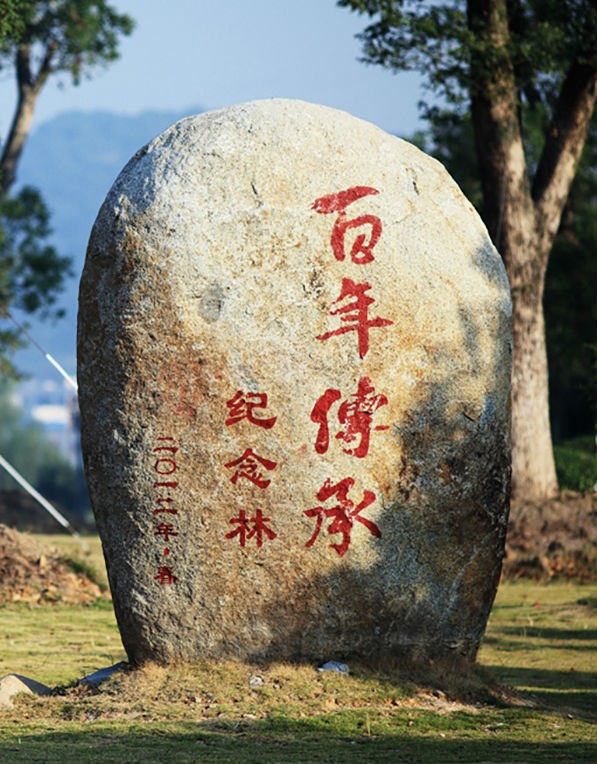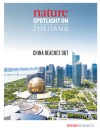
Wenzhou Medical University (WMU) is a key higher-education institution in China’s eastern province of Zhejiang. Its roots are in Zhejiang Specialized Medical School which was established in 1912, but diversified in 1958, moving in part from Hangzhou to Wenzhou and becoming Zhejiang Second Medical College and later, Wenzhou Medical College. In 2013, it was renamed Wenzhou Medical University and came under the joint auspices of Zhejiang Provincial Government, the National Health Commission and the Chinese Ministry of Education in 2015.
WMU has a strategy of building its unique strengths, fostering talented researchers and creating an inviting culture. Following its motto of “benevolence, solemnity, diligence, honesty, truth-seeking and pioneering,” the university is on track towards its goals. It is boosting its multidisciplinary academic programmes by capitalizing on its core medical disciplines; increasing international collaboration to promote its global profile; and integrating medical services with education, research and industrial partnerships to contribute to local socioeconomic development. “We aspire to be a first-class university of applied research in China, with global influence,” said Li Xiaokun, the president of WMU.
Rich resources
Covering a total area of 7.7 square kilometres, the three-campus university has more than 10,000 staff and faculty members. Researchers are supported with advanced research platforms, including an optometry and visual sciences national key laboratory jointly established by the Zhejiang province and the Chinese Ministry of Science and Technology, a national engineering research centre on ophthalmic technology, a national base for international collaboration on biomedical science and technology, and a national research centre on regenerative medicine and neurogenetics. A new 60,000m2 building for biomedical research is expected to open for use this year.
Academic strengths
WMU is renowned for its clinical medicine, pharmacy programmes and medical laboratory science, particularly, ophthalmology and optometry research. According to Essential Science Indicators data, its clinical medicine programme is ranked among the global top 0.2%; chemistry, pharmacology, toxicology, biology and biochemistry are ranked among the global top 1%. WMU was profiled in the Nature Index 2016 Rising Stars and is ranked 29th in life sciences among Chinese academic institutions according to the latest Nature Index data. Based on these strengths, WMU is promoting translational medicine to contribute to the healthcare industries of the region.
Qu Jia, director of the affiliated eye hospital of WMU 
Qu Jia, director of the affiliated eye hospital of WMU, is a leader of the ophthalmology and optometry programme, whose research focuses on understanding myopia and using optometric tools to improve visual health. He led a team that uncovered the genes leading to childhood high myopia and autosomal recessive retinitis pigmentosa, revealing the mechanism of this genetic eye disorder that may cause loss of vision, an important breakthrough in China. Qu’s pioneering work has made him one of the most cited Chinese authors in the field, according to Elsevier data, a recipient of the National Science and Technology Award, and a prestigious teacher selected in the national ‘Ten Thousand Talent Plan’.
Li Xiaokun, WMU president 
Led by Li, who is also a Yangtze River Scholar Distinguished Professor, research on FGFs used for the prevention and treatment of refractory wounds won the National Science and Technology Award. More recently, they found the role of FGF in regulating glycolipid metabolism, shedding light on the diagnosis and treatment of metabolic disorders. Their results were published in Nature and other prestigious journals.
Talent fostering
WMU aims to foster talented medical professionals who are confident, innovative and take responsibility for societal betterment. The university currently has 16,576 full-time students, including 3,102 master’s and doctoral students and 817 international students in degree programmes.
Over the years, WMU has fostered more than 200,000 talented medical professionals. Its distinguished alumni include: the inventor of logarithmic visual acuity charts, Miao Tianrong; abdominal surgery expert, Qian Li; paediatric expert, Huang Dashu; anatomist, Wang Weisong; and renowned virologist and molecular biologist, Zhou Jian, who co-invented the first vaccine for recombinant human papillomavirus, which causes cervical cancer.
Social services
With social service at its core, WMU provides quality medical service to more than 30 million people with its five directly affiliated hospitals, four of which are grade A tertiary hospitals, and 19 non-directly affiliated teaching hospitals across the province. Annual outpatients reach more than 9 million and inpatients are more than 320,000 a year.
WMU’s affiliated eye hospital is one of the best of its kind in China, ranked 10th in the life science field among Chinese hospitals in Nature Index, a measure of quality research output. Seeking to expand its services, the hospital has built a branch in Hangzhou, the capital city of Zhejiang province and has established an international ophthalmology and optometry centre in the Boao Super Hospital in South China’s Hainan province.

WMU has forged cooperative relations with 120-plus universities and research institutions in 28 countries/regions, including more than 20 of the world’s top 100 universities. Meaningful exchanges include overseas exchange programmes for students and teachers, joint student education programmes, international student programmes and collaborative research projects. WMU is eager to extend its collaboration with more renowned academic institutions in the world.
Based in Zhejiang, WMU aspires to serve the entire country and reach out to the world. It focuses on undergraduate education, while pushing its graduate programmes to the highest level. Its emphasis on medical sciences is underpinned by multidisciplinary development. WMU is making large strides towards building a leading educational and research institution of global renown.


 Spotlight on Zhejiang
Spotlight on Zhejiang